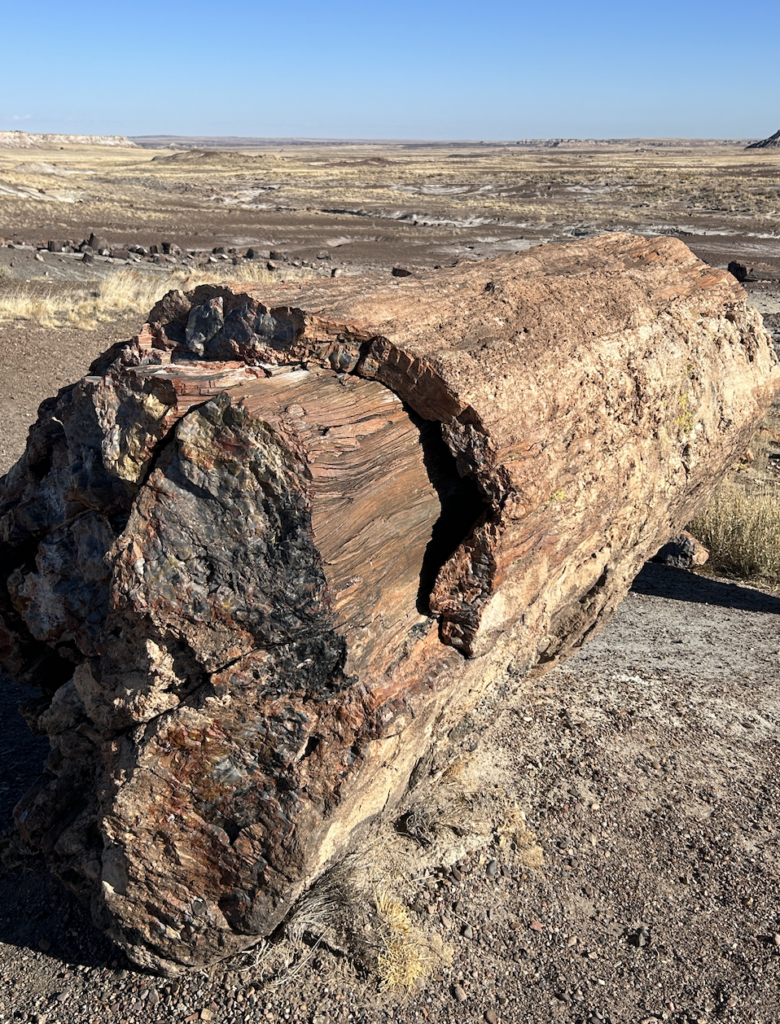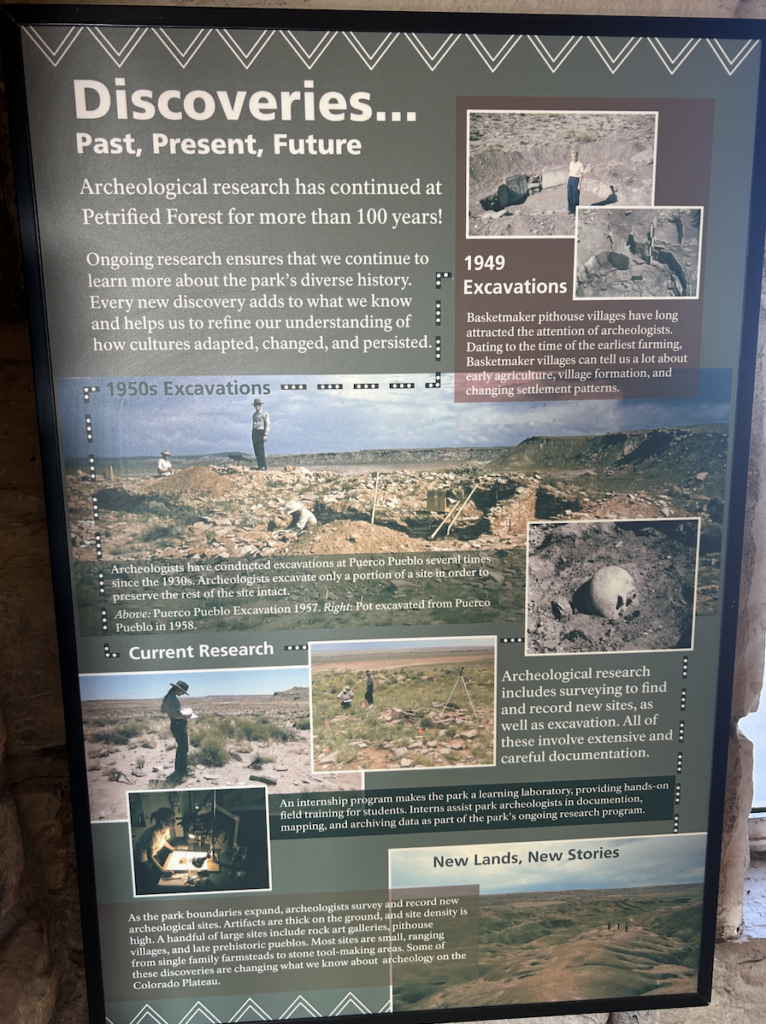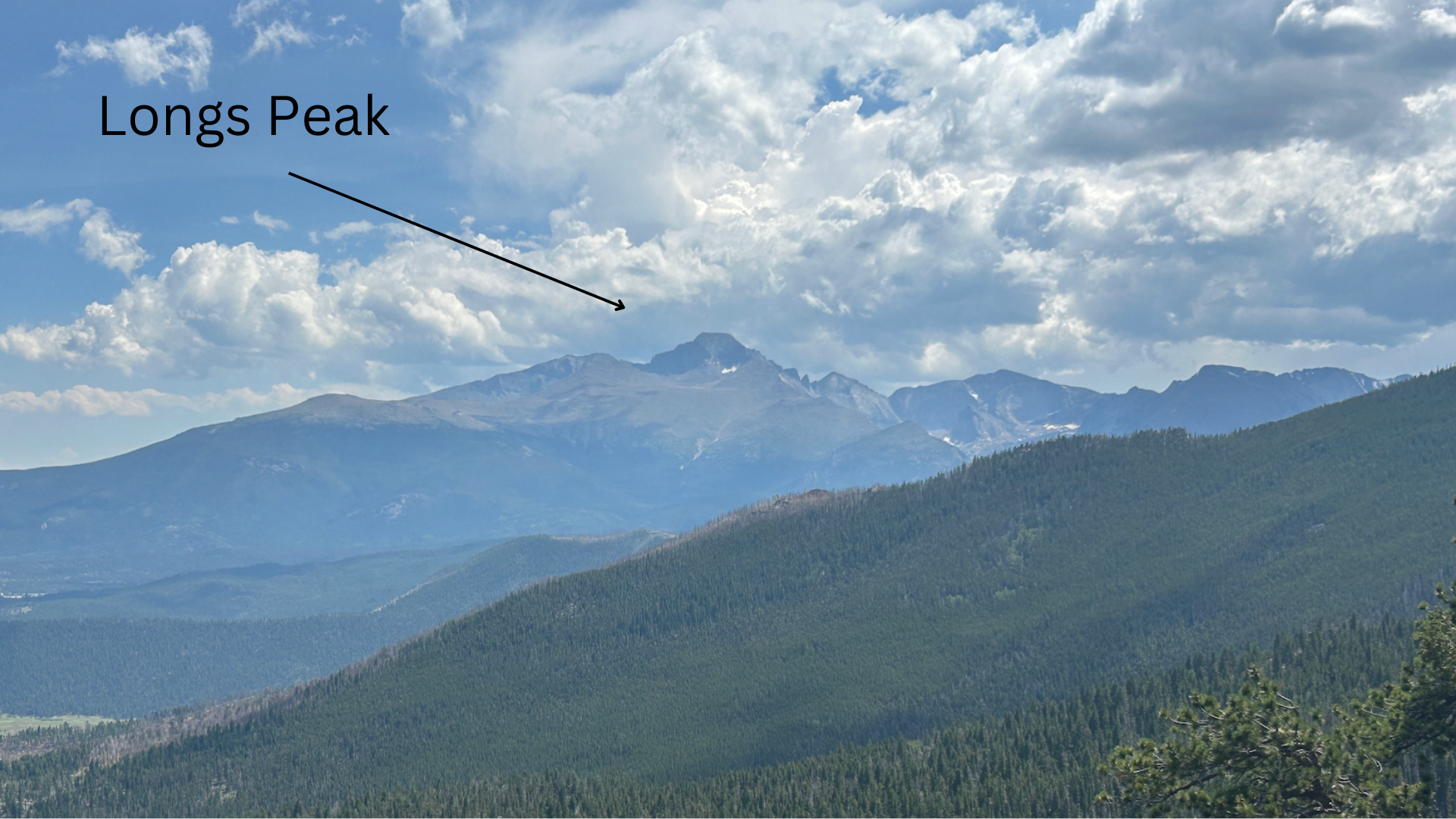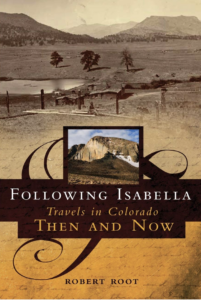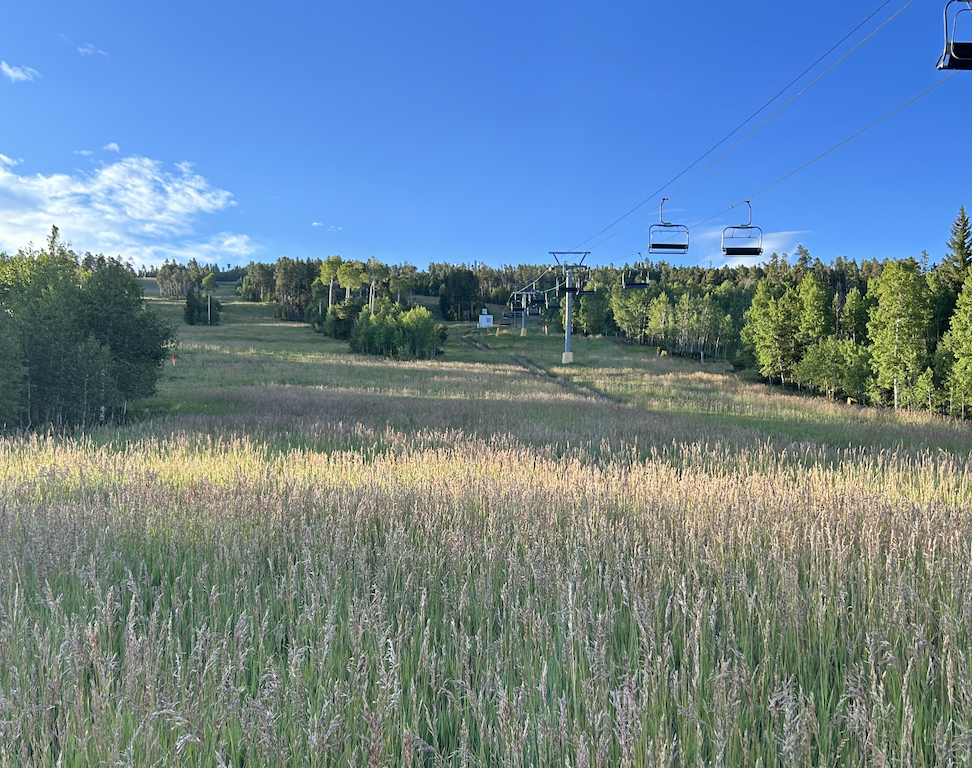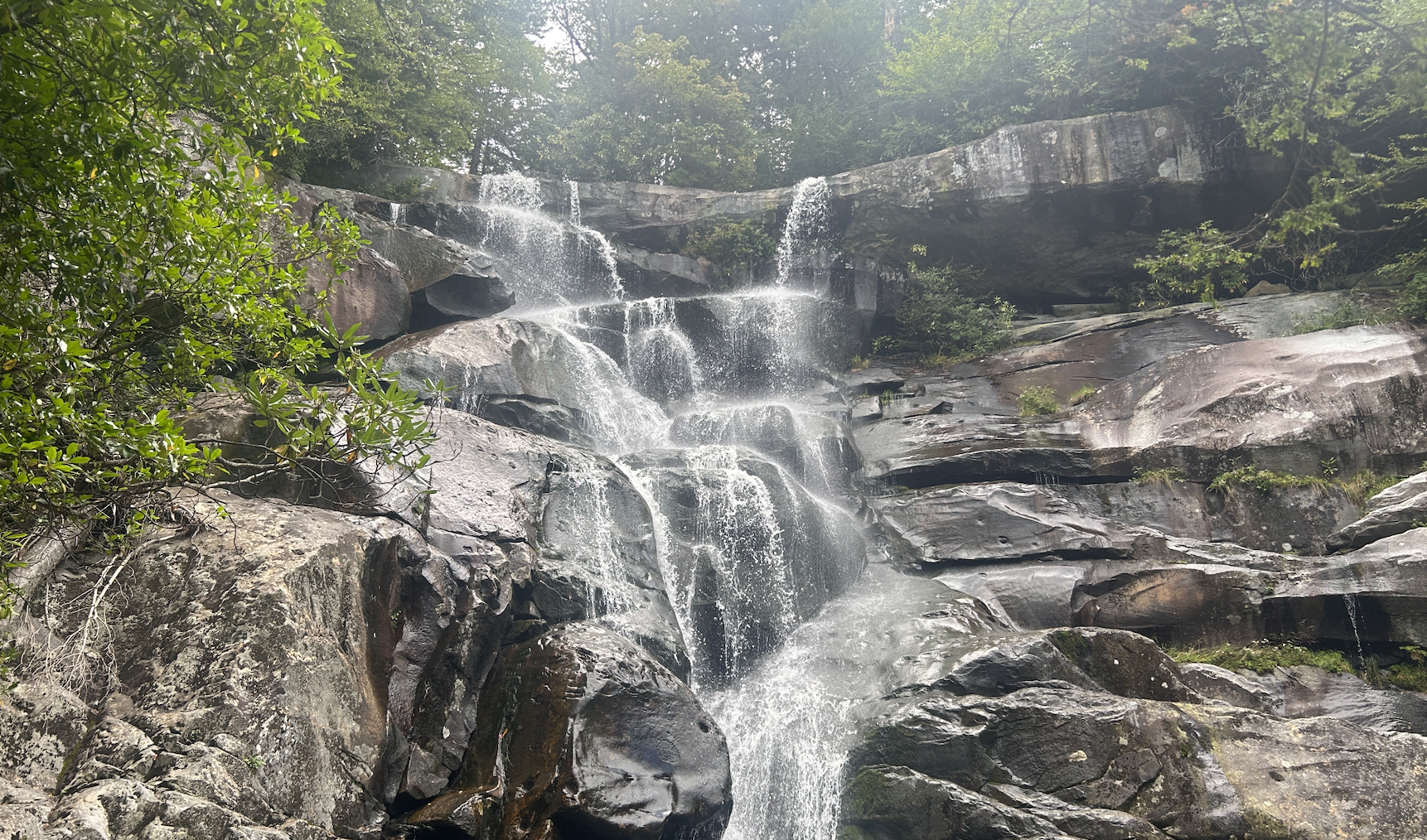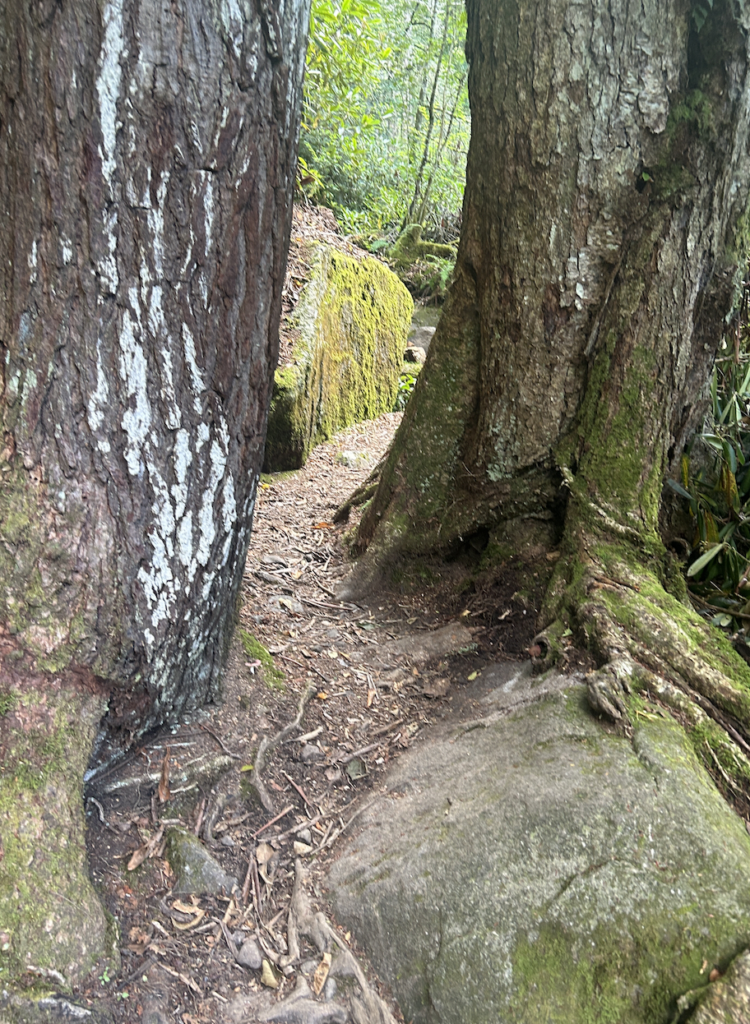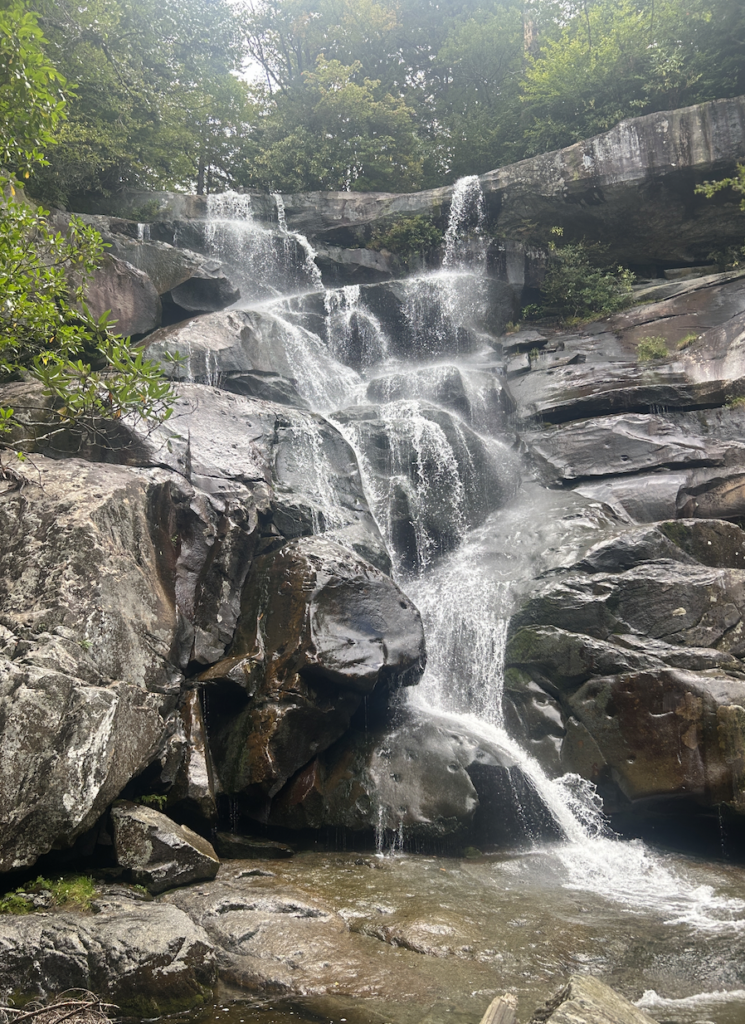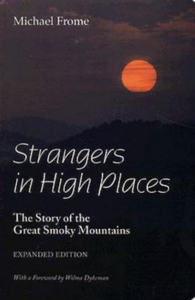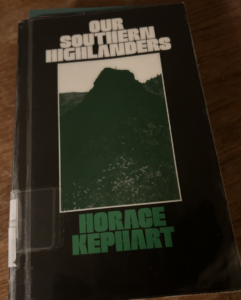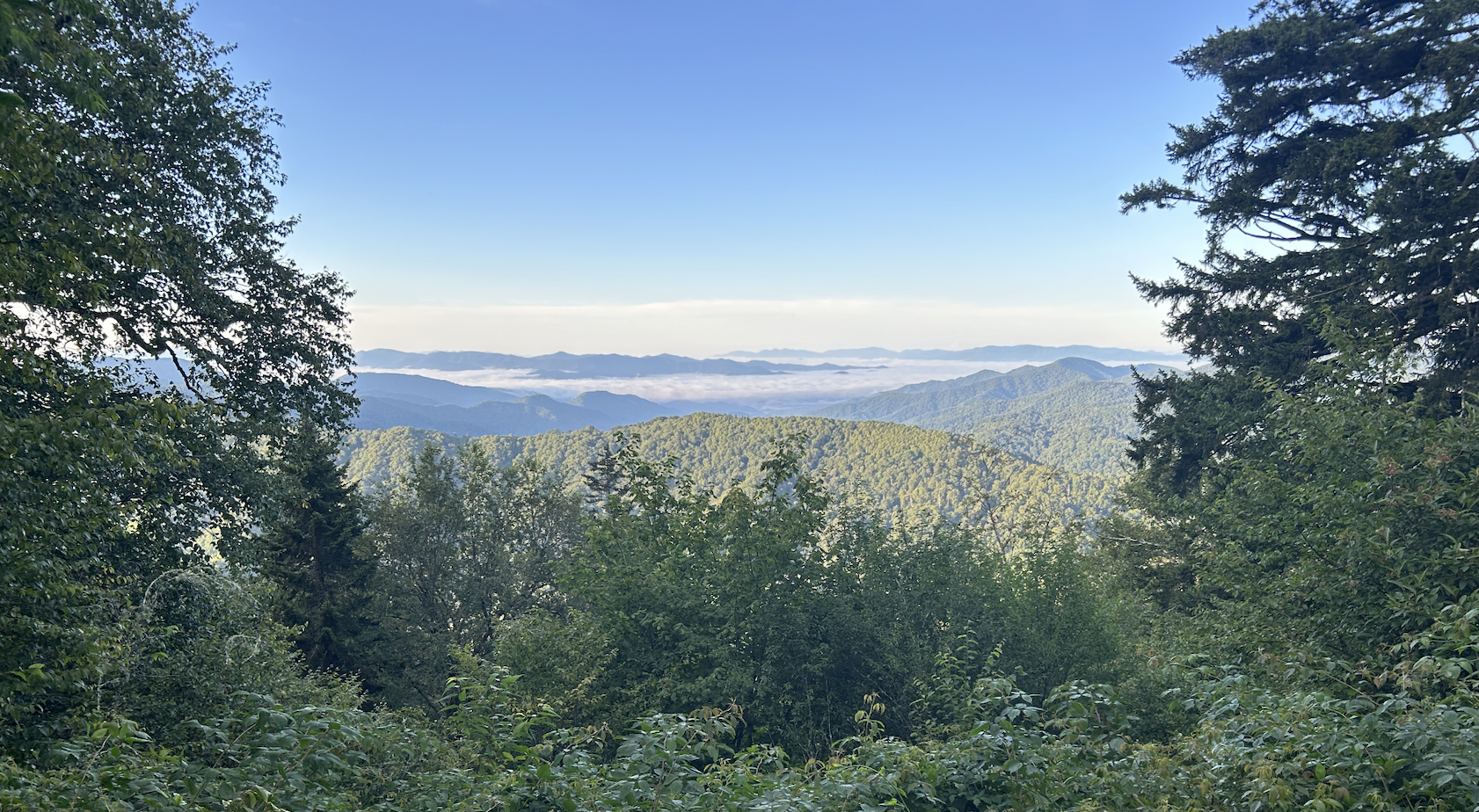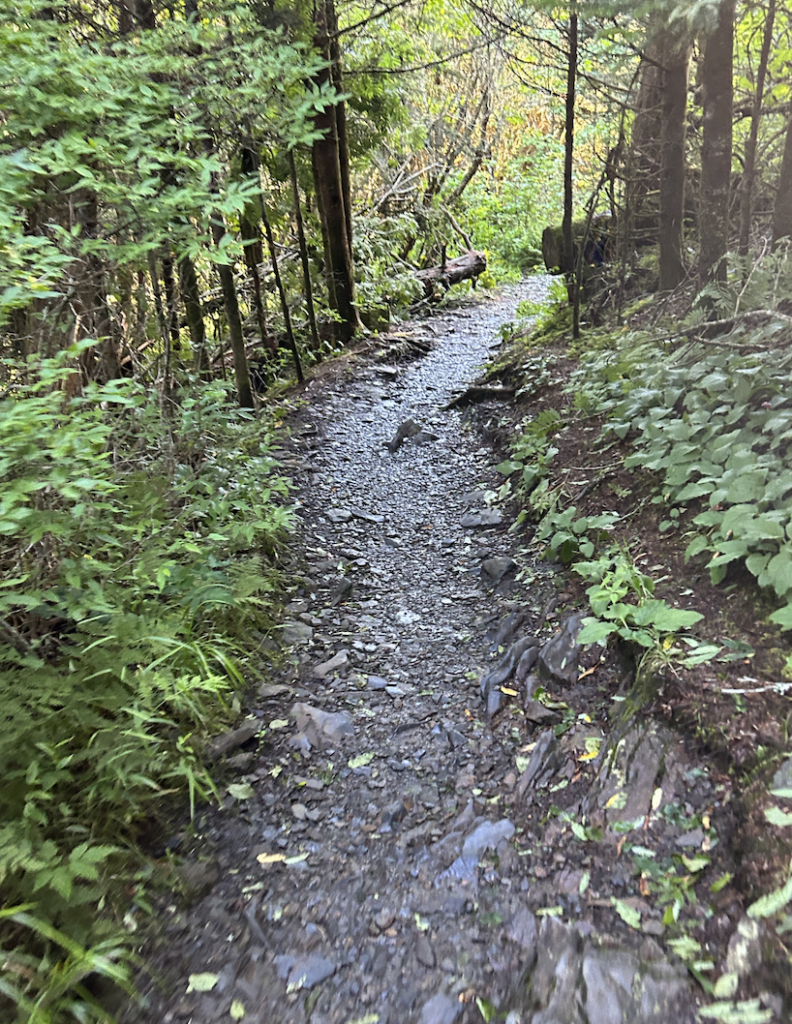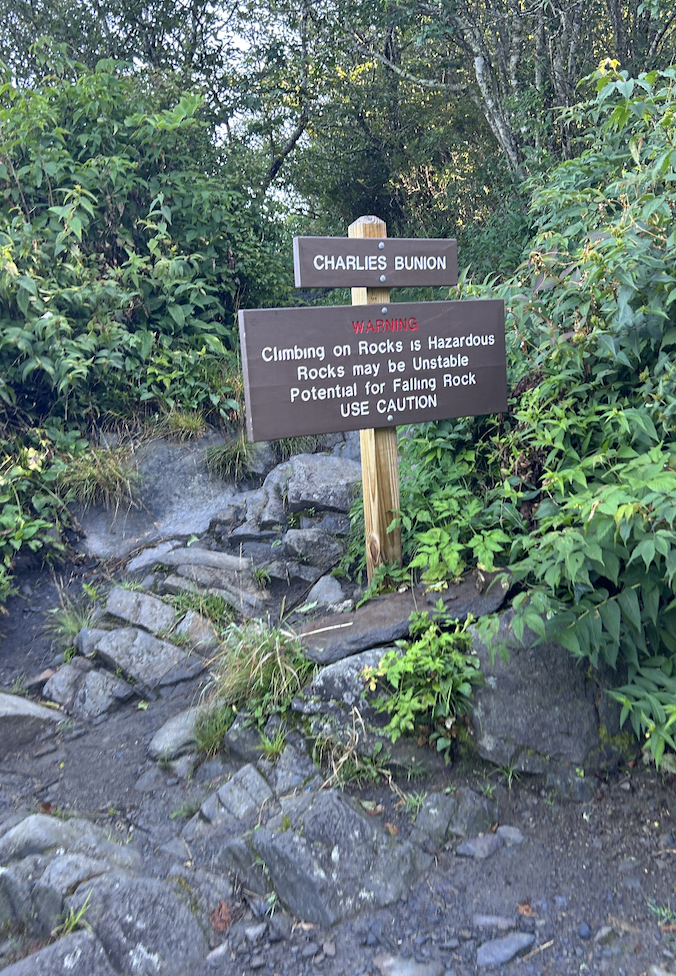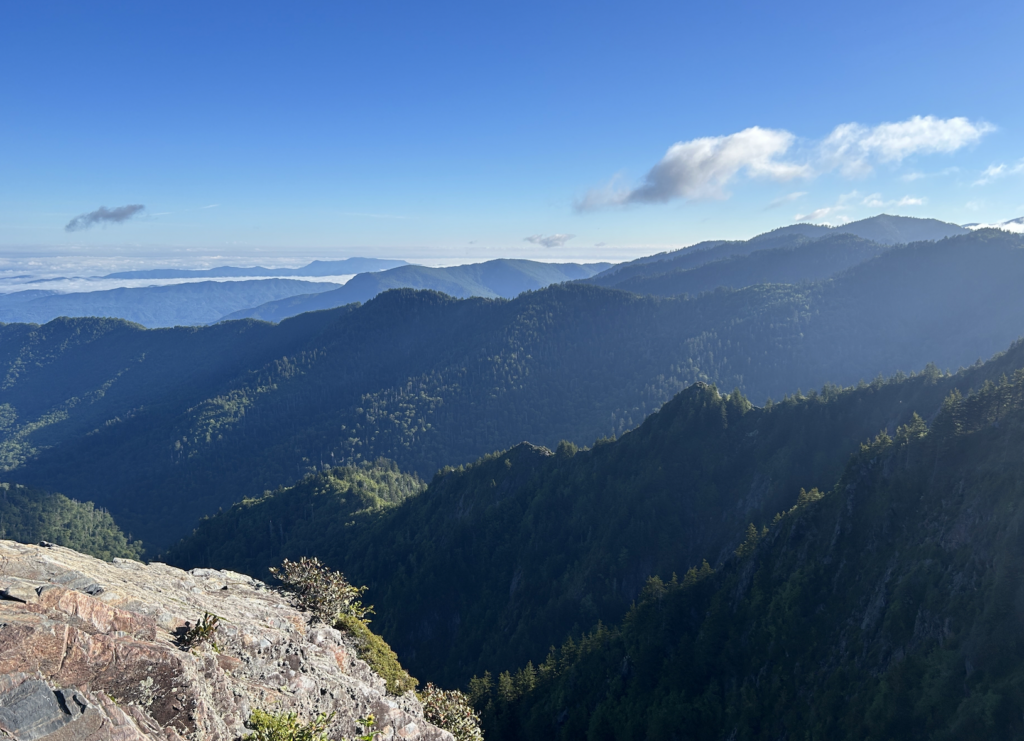Go see the world, she said.
So I did.
Most of my racing and travel posts starts with a trip’s intent. If you are a frequent reader, you know that changes a lot especially right before the trip start.
I signed up for the Little Rock Marathon six months ago. I signed up because I wanted to see Little Rock. I wanted to see the capital area, the Arkansas River and the Bill Clinton Presidential Library. I also wanted to drive into Oklahoma via the Trail of Tears byway.
But first, a six-hour drive to Memphis where I stopped on the first night. I spent a few hours in the National Civil Rights Museum, 450 Mulberry Street. When you walk up to the museum, you see the Lorraine Motel as it was in 1968. In the museum they exhibit the history of the American Civil Rights Movement. Such well organized displays and thought provoking images. One exhibit shows what MLK’s hotel room looked like that he stayed in before he was shot. It felt strange to be walking around so much history that I’ve read about and watched on TV. I’m still processing what I saw and learned.
I walked through downtown, exploring and eating at a Mexican restaurant, reading area brochures and learning about Memphis.
The next day, early start to Little Rock and packet pickup. I decided that I will run the half marathon instead of the full. I feel like dropping down in races is so 2023-of-me. However, the pattern continues in 2024. Please stand by. My race approach is evolving. But I digress…
I drove over the Arkansas River. The last time I saw this river was in Colorado last year when we visited the Royal Gorge. And now I see it as it joins the Mississippi in Arkansas. The Arkansas River is the second-longest tributary in the Mississippi-Missouri river system, originating near Leadville, Colorado – my favorite racecation destination.
The entire registration was held in the Little Rock Convention Center. Using indoor. bathrooms is such a luxury with a big race like this. The dinosaur-themed race was festive with so many runners dressing silly. I was looking forward to race day.

After getting my bib, I drove to Little Rock Central High School. I walk around the grounds and read about the 1957 event and learn more about the Little Rock Nine.

I have enough time to drive to Fort Smith National Historic Site which is two hours from Little Rock. I walked through the historic fort and park, read the signs to learn about the fort’s history. I walked along the Arkansas River, which was heading towards Little Rock and the Mississippi.




I drove into Oklahoma, ate lunch and started back to Little Rock.
I get back to the hotel, which is a half mile from the race start. Sometimes pre-trip planning doesn’t work out, but this time, the location works out to my advantage. And, it just so happens the Clinton Library is a short walk down the street. I walk around the campus since I missed open hours. There is some sort of fundraiser or event happening as I walk around; people are dressed up and entering the museum.

Sunday: Race Day. I wake up at 4:30am for a 6am start. Originally the race was planned to start at 8am but due to unseasonable warm weather and humidity organized changed it to an early start.
It’s 4:35 am and I really didn’t want to run. I wanted to sleep in and drive home. I get this way traveling sometimes; I just want to be home with my dogs. But then I force myself to remember this is a planned adventure. I want to do this. I want to run Little Rock.
Marathons (and shorter races) really allow me to see a place. I hemmed and hawed for a good 30 minutes and ultimately got up, put on my race clothes (read: big girl pants) and walked to the start.
I was so happy to be at this start line. I always forget this.

The race start wasn’t what I expected, but almost nothing is anymore.
There were thousands in the corral. Marathon and half marathoners all together in letter-labled areas. I was in E.
I usually talk to people and get pumped up to start but today, I didn’t talk to anyone. I sat and stretched and took a few pictures.
It took about five minutes to get to the start line and I just ran my pace. I no longer have a race pace – I have a pace I always run. My comfortable pace is between 10 and 11 minute miles.
We ran through downtown and around a few residential areas and made our way back out to Central High School. The school’s marching band played for us as we ran by. Then suddenly I am at 13 miles and we are back to the start. The temperature was perfect: 55 and misting. No Sun!
I’m so glad I finished this race.
I walked back to the hotel and showered. I was sore! But I was also ready to head home.
I drove home across the Arkansas River and the Mississippi River. I drove past Memphis and Nashville. As dark descended, and 8 hours had passed I was at Exit 407 and home was 30 minutes away.
As of today, I have two states left to visit: Michigan and North Dakota. Let the trip planning begin.
How to fuel before a road trip: Flapjacks at Exit 407 Sevierville.

Go see the world.




